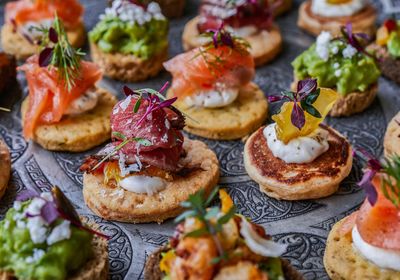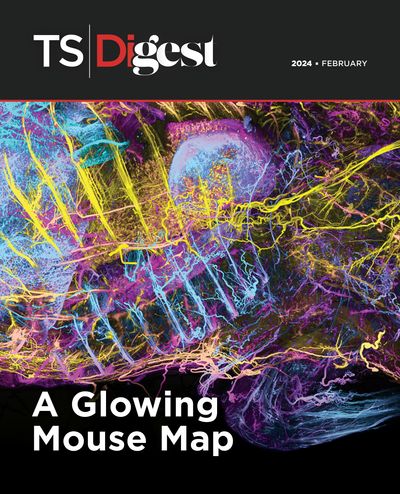Why Do Travelers Get Upset Stomachs?
Diet influences the microbiome. When new foods enter the mix, it gets complicated.
Trying a new cuisine while traveling can be an exciting experience, but sometimes unfamiliar bites don’t agree with travelers even when the food sits fine with the local residents. After ruling out pathogenic bacteria, the next culprit could be commensal bacteria disagreeing with the unusual fare.
“I would say that the microbiome has to be involved,” said Jonathan Clayton, a microbial ecologist at the University of Nebraska Omaha.
The gut microbiome breaks down many food substances that would be otherwise indigestible to humans and provides nutrients in return. However, what we eat influences the composition of our microbiomes, and that shapes the community’s digestion skillset, such as the ability to digest fiber, carbohydrates, or even starches in seaweed.1-5 Our diet also influences the biochemistry of the microbiota, as diets high in protein and fat use more amino acid degradation pathways compared to those found in plant product-heavy diets, which rely on more amino acid biosynthesis.
New dietary elements not only expose our commensal microbes to foods that they may not be equipped to digest, but also to potentially brand-new food-associated bacteria that may try to compete with our microbial residents. A new diet, even for a short period, can transiently shift the microbiome, leading to altered intestinal mobility and possibly localized inflammation, causing discomfort, as these new microbes interact with the resident immune system.6
“We know that there are things that microbes do to reduce and buffer inflammation. We know there are things that microbes can do to promote it,” Clayton said.
Upset stomachs in travelers may come from an inflammatory effect, a temporary shift in microbial composition, a struggle to break down new foods, or something else entirely that is still on the table.
References
- Wu GD, et al. Science. 2011;334(6052):105-108
- Muegge BD, et al. Science. 2011;332(6032):970-974
- De Filippis F, et al. Cell Host Microbe. 2019;25(3):444-453
- Sonnenburg ED, Sonnenburg JL. Cell Metab. 2014;20(5):779-786
- Hehemann J, et al. Nature. 2010;464(2010):908-912
- David LA, et al. Nature. 2013;505(2013):559-563


